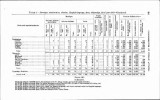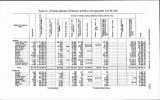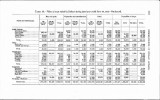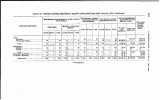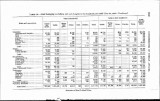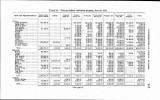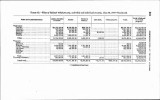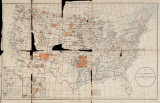| OCR Text |
Show 30 COMMISSIONER OF INDIAN AFFAIRG. present at some of the sessions. The discussion of the various topics was informal and the interest manifested was most satisfactory. The consensus of opinion of those who attended the conference seems to be that much good will eventually wme from the meetings. The Navajo county should be handled as a whole. A conference of superintendents and supervisors is contemplated for the discussion of the conditions among the Sioux Indians, and the o5ce is endeavoring to systematize the work and arouse greater ac-tivity on the part of its field employees and Indians at the various reservations with the view to improving conditions. General plans for future work have been formulated at Fort Ber-thold, Blackfeet, Havasupai, Fort Lapwai, Hoopa Valley, Jicarilla, Kaibab, La Pointe, Leupp, Moqui, Pima, Ponca, Roseburg, Shoshone, Sisseton, Tongue River, Uintah and Ouray, Five Civilized Tribes, Western Navajo, Winnebago, and among the nomdic Papagoes under the San Xavier superintendency, and the nonreservation Indians of Nevada and Utah. The two supervisors of farming appointed during the fiscal year 1911 were continued during the year, and one other supervisor was appointed and assigned to the special work of developing surplus water for stock purposes on the Western Navajo Reservation. Two hundred and fifty-one men, forty-one of whom were classed as expert farmers, were employed to oversee and direct the activities of the In-dians in agricultural pursuits. A number of these employees were men of Indian blood. Early this spring a letter was sent to the superintendents in charge of all reservations where farming and stock raising are engaged in with the view to arousing greater ac-tivity on the part of the employees, and Indians as well, in the pro-motion of farming and stock raising, or of some other self-supporting industry where the lands are not adapted to agriculture. A blank form, under the caption of "Industrial status report," was prepared, upon which it is proposed to keep an accurate record of each Indian family, showing what each member thereof is doing, the acreage of land, the buildings, equipment and stock available for the use of each and the purposes for which they are actually used, crops planted and raised, the increase of live stock, the dispo-sition of the products of the farm or rancheria, and what each Indian needs in the way of equipment or live stock in addition to what he has to enable him to earn a livelihood. By this means in another year more accurate and comprehensive data, in concise form, will he available in the records at the various agencies than has been in the past. These records will enable the superintendent to study intelligently the actual conditions with which each Indian is con-fronted, and he will be in a position to formulate systematic indus-trial programs for the upbuildmg of the interests of the Indians |






















































































